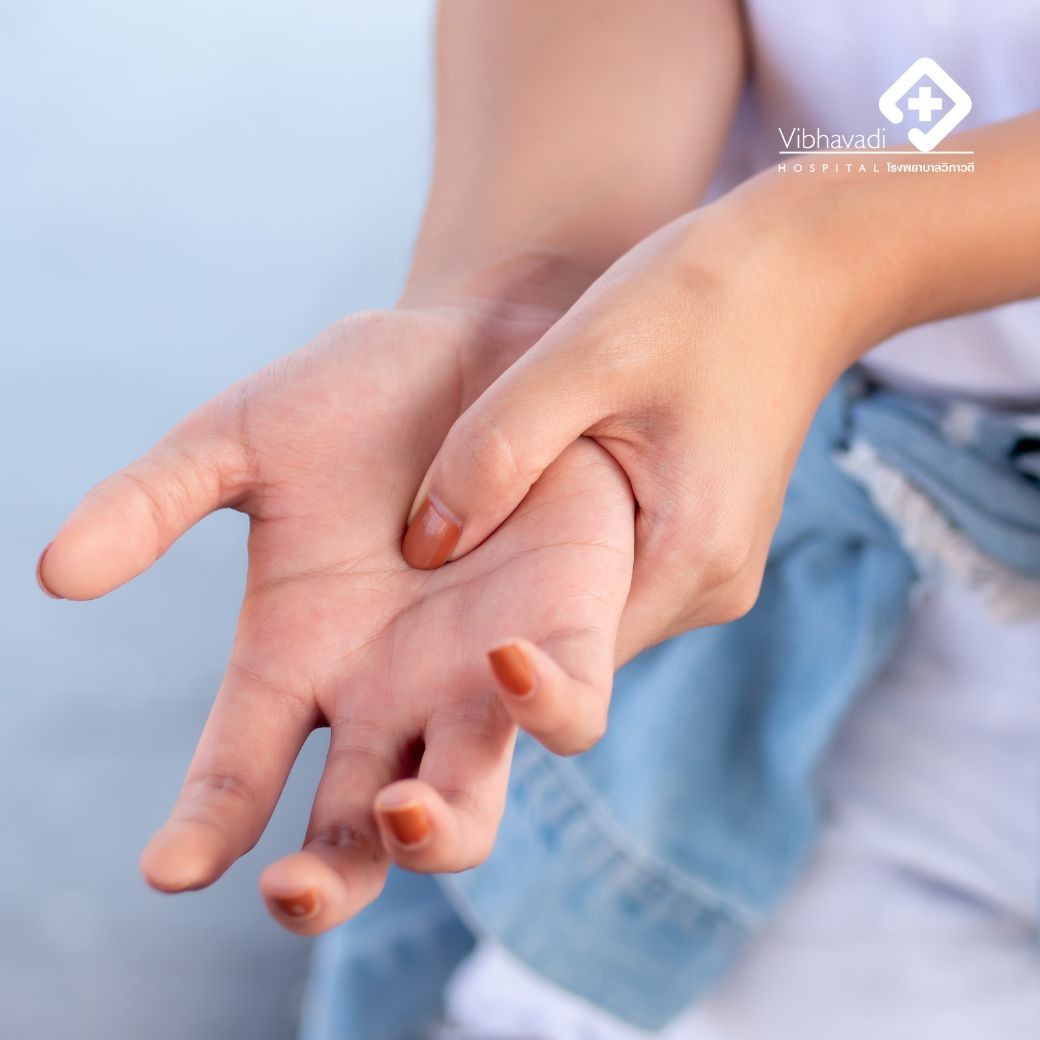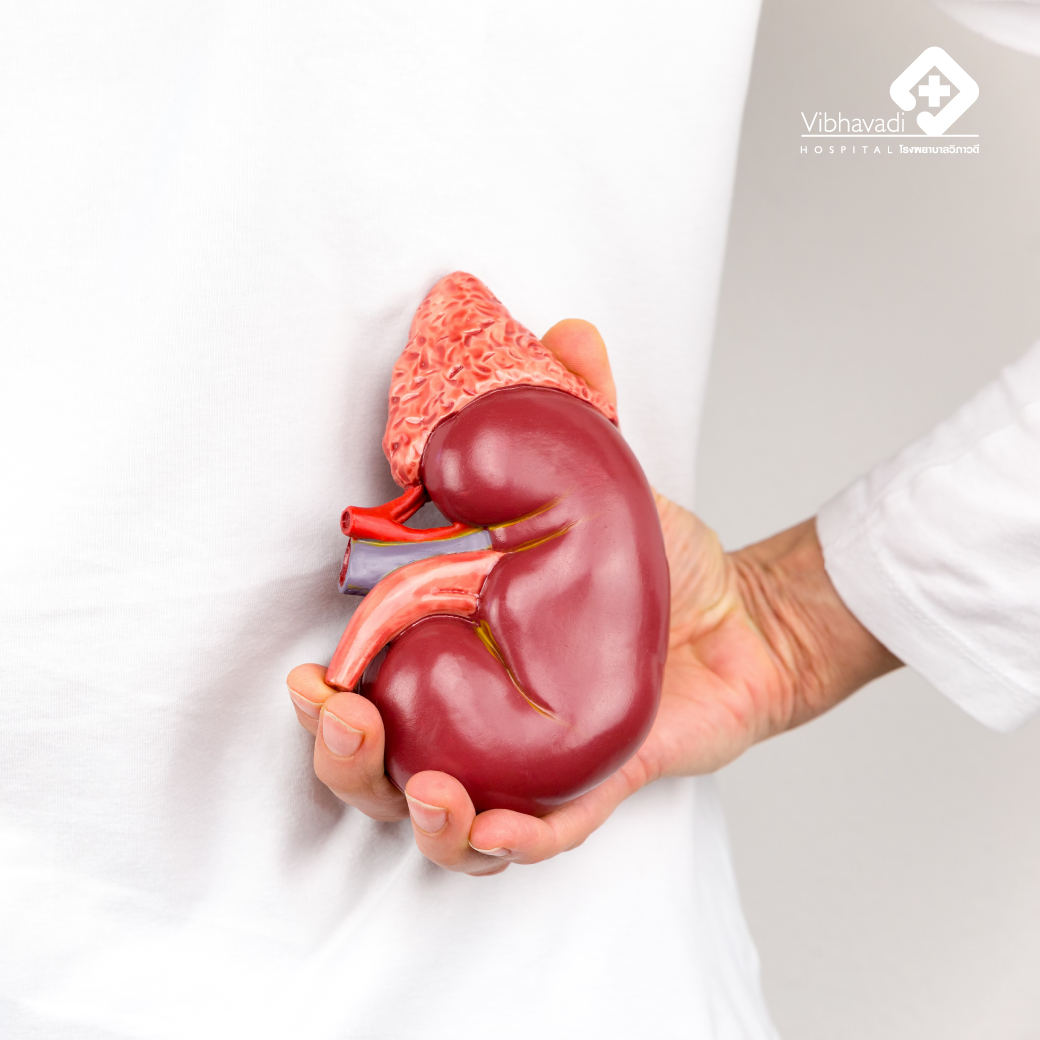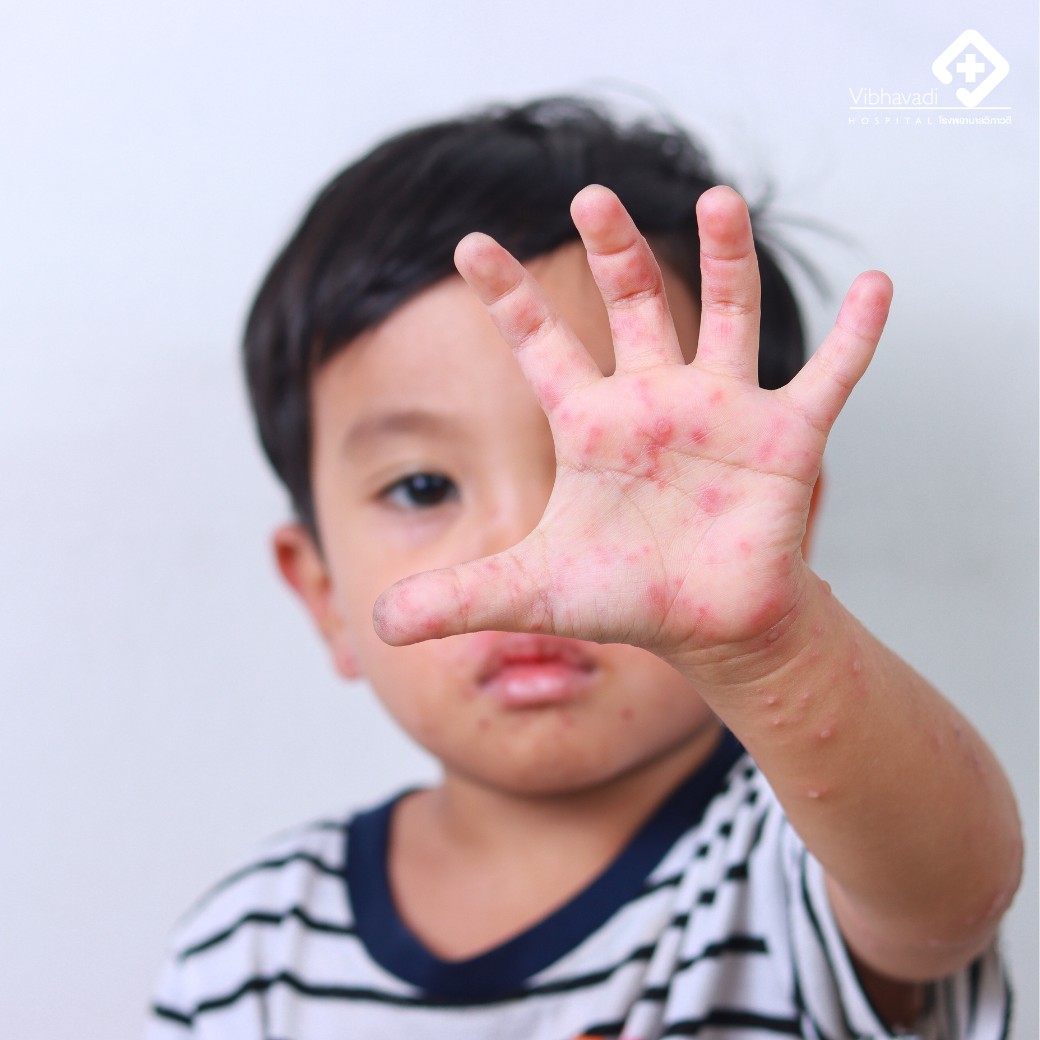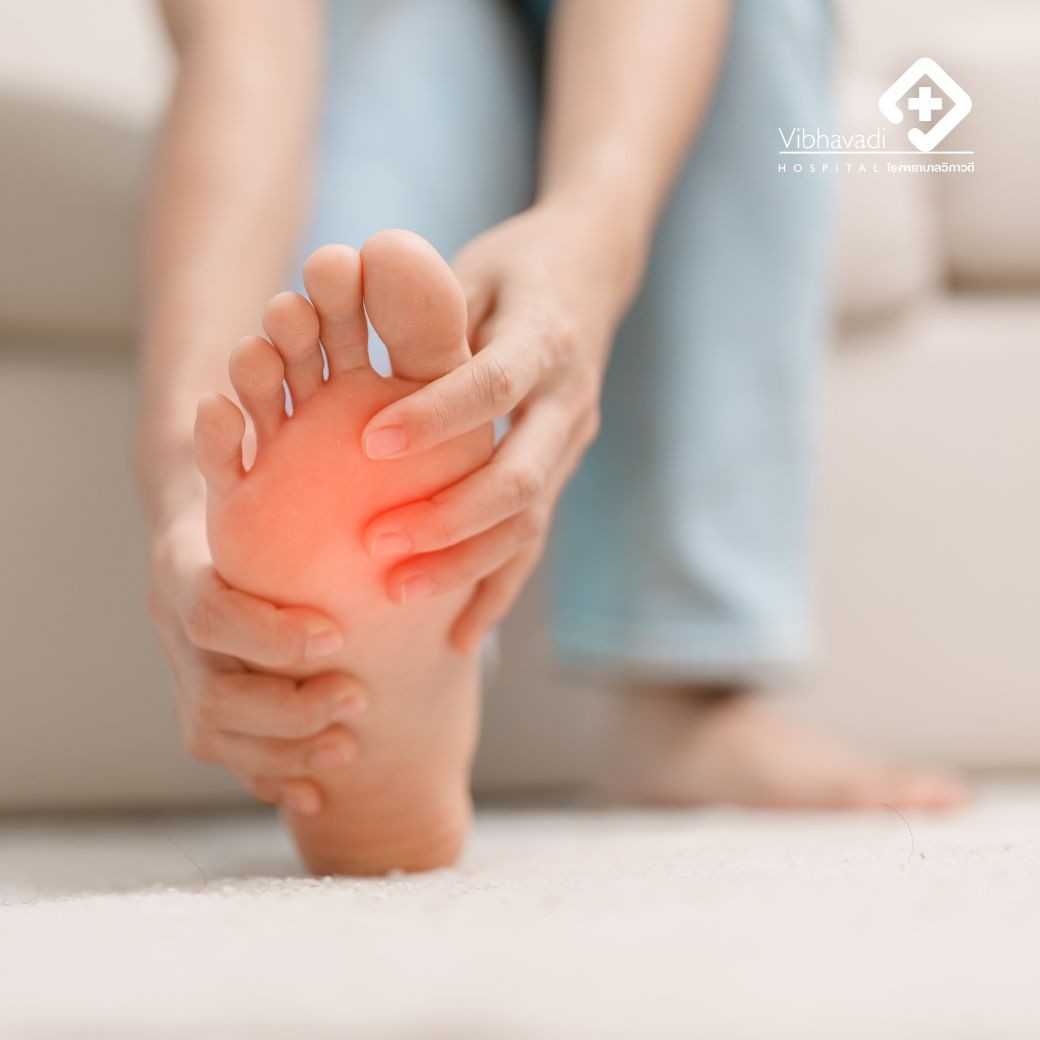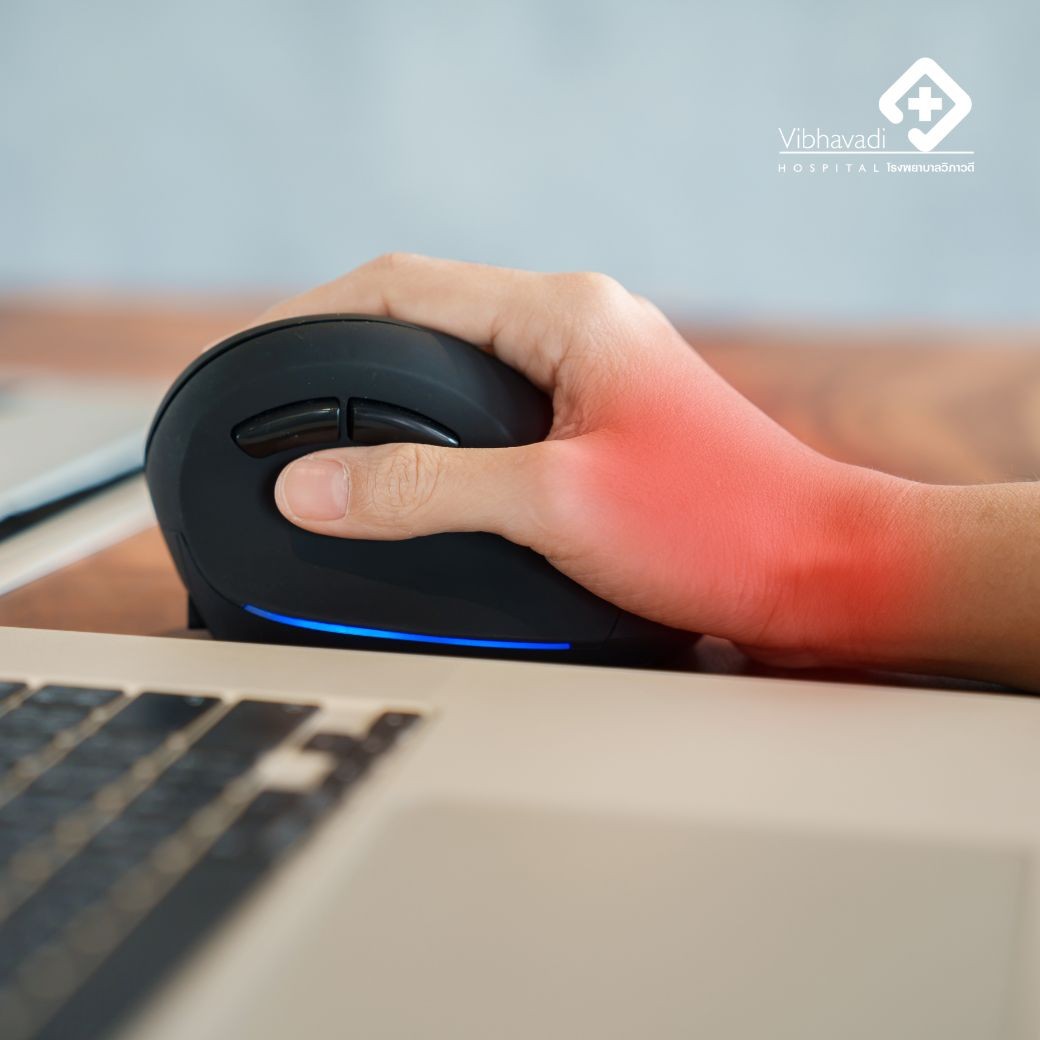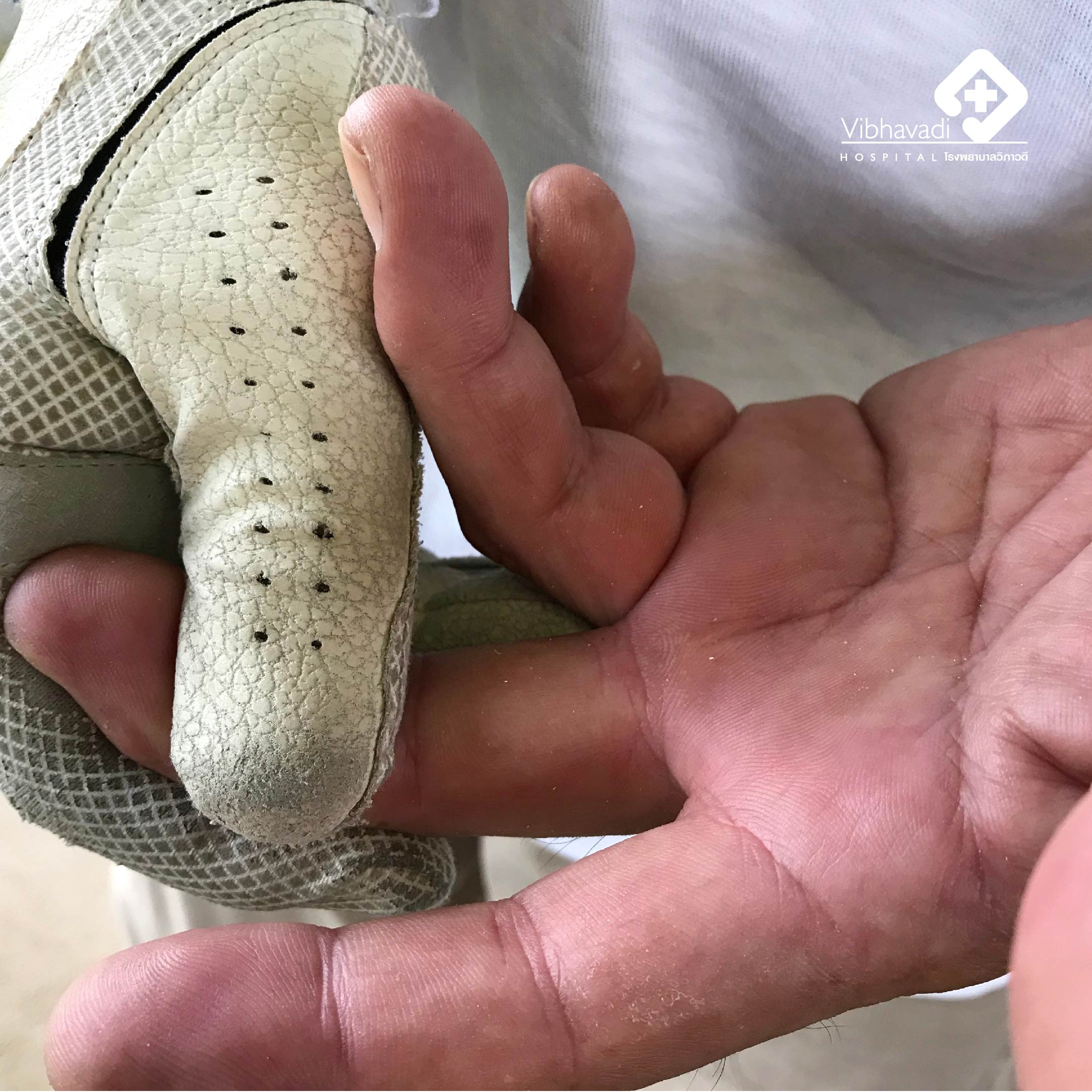
Injury to the Fingers
Injury to the Fingers
An injury to the fingers was brought to the attention of the writer by a 27-year-old professional golfer. The golfer complained of severe pain in the left index finger, making it impossible for them to play golf for the past two months. The injury occurred due to excessive golf practice, leading to pain in the middle joint of the finger. The golfer had already visited a doctor twice, and the finger seemed to be functioning normally when extended, but it would hurt again when gripping the golf club for practice. This has made them reluctant to practice, fearing they won't be able to compete. The writer considers this a matter of great importance, as the golfer is a skilled professional golfer and an alumni of the national team, Class A, who successfully passed the first round of the Singapore Tour with a score of 7 under par, including 6 birdies and 1 eagle at the Bright Resort course. It is essential for them to receive proper treatment to recover and be able to participate in international competitions. Finger injuries related to sports, especially golf, are generally not severe and may not receive immediate comprehensive treatment, or some golfers may perceive them as insignificant because they can still move their fingers and perform normal activities, albeit with some discomfort. However, these injuries can easily result in pain and swelling.
By Dr. Virayut Chaopricha
Orthopedic Surgeon at Vibhavadi Hospital
Injury to the Fingers
Injury to the fingers refers to a condition where there is a fracture in the bones, causing significant abnormalities in finger movement. This condition is not commonly seen in golf players and often does not pose problems in terms of diagnosis and treatment, as the symptoms of pain, swelling, and abnormal movement can be clearly identified through X-ray examination. The commonly overlooked issue is the invisible injuries that cannot be detected externally. If no abnormalities are found in the X-ray examination, it becomes difficult to make a clear diagnosis. However, if the condition does not improve within 1-2 weeks, it is necessary to consider other possible causes of the injury that may have been overlooked. If not properly treated from the early stages, it will be challenging to treat the injury and hinder golf performance. The injury to the middle joint of the finger (proximal interphalangeal joint) is composed of three joints:
- The joint at the base of the finger
- The middle joint of the finger
- And the joint at the tip of the finger
The movement of the middle joint allows flexion and extension but does not allow lateral movement or rotation. This is due to the structure of the finger joint and the collateral ligaments that provide stability to the joint, allowing it to move only in flexion and extension. In golf, when the left index finger grips the golf club while swinging, excessive pressure from the club handle can cause a tear in the collateral ligament on the side of the finger. This may result in pain and swelling, with other subtle abnormalities that may not be easily discernible. X-ray examination may not reveal any abnormalities. Resting for 3-4 days usually allows normal movement again, making the diagnosis relatively challenging and often leading to inadequate treatment. Consequently, if pressure is applied to the index finger again, the ligament tear can worsen, causing swelling in the finger joint, and preventing the golfer from playing golf.
Diagnosis:
- There is pain and swelling in the middle joint of the finger.
- Pressing on the side of the finger where the collateral ligament is located causes pain.
- Check the stability of the side of the middle joint of the finger. If there is a complete tear, the pain will be worse, and the joint may dislocate.
- An X-ray may not reveal any abnormalities. If there is suspicion, the finger should be examined in a specific position to check for possible ligament tears.
Treatment:
- In the acute phase, it is advisable to rest and avoid movement of the index finger. If there is significant swelling, apply cold compresses for the first 4-6 hours until the swelling subsides.
- Buddy taping the index finger to the middle finger to prevent lateral movement of the joint for approximately 2 weeks.
- If there is a significant tear and the joint is swollen, immobilize the finger to prevent movement. The duration of immobilization depends on the severity of the ligament tear and may take 1-3 weeks. If pressing on the torn area does not cause significant pain and the joint stability is good, gradual movement or buddy taping can be initiated to prevent joint stiffness.
In chronic cases where the finger starts to deviate and the joint remains swollen after 4-6 weeks of untreated symptoms, treatment becomes challenging. The outcome of treatment may not be as successful as in the initial stages.
- Apply a finger splint to keep the finger in a normal position, especially at night.
- When practicing golf, use a grip aid to prevent increased joint deviation. Use a grip aid that holds the finger on the side where the ligament is torn. Avoid lateral pressure on the index finger.
- Recommend finger range of motion exercises to prevent joint stiffness and strengthen the finger muscles.
- If after 4-6 weeks of comprehensive treatment, there is still pain, swelling, and joint instability, surgical intervention may be considered to repair the torn collateral ligament in the finger joint.
Recommendations for golfers:
- If an injury occurs in the hand, and after resting and treating for 1-2 weeks, there is still pain, swelling, tender points, abnormal finger bending or stretching, or the inability to play golf normally, it is necessary to seek proper medical examination and treatment.
- Some injuries, such as a fracture of the hook of the hamate bone or scaphoid fracture (wrist bone at the base of the thumb), torn collateral ligament, or initial finger dislocation, may not show any abnormalities initially. If you, as a golfer, still have abnormal symptoms and no improvement within 1-2 weeks after the injury, you should consider the possibility of these difficult-to-diagnose injuries.
